10 Illustration Styles for Creating Your Unique Digital Art Style
Learning illustration cannot be achieved in a day; it requires consistent effort over time (learning itself is a gradual and long-term transformation process).
If you wish to delve deeper into illustration, understanding the concepts of illustration is crucial.
In this article, we will share how illustration has evolved and introduce 10 illustration styles. We hope this piece will help you navigate through the myriad of styles and enable you to discover your own style while knowing how to develop it further.

In this article, you will learn:
- How Are Illustration Styles Formed?
- 10 Traditional Illustration Art Styles
- How to Develop Your Digital Illustration Style?
- Final Thoughts About Illustration Styles
How Are Illustration Styles Formed?
In the distant past, illustration styles looked like this.

On the left in the image is an illustration from the Egyptian hieroglyphic alphabet, and on the right is an illustration from the Indian epic "Mahabharata." Despite their ancient origins, we can still appreciate the rich imagination and exquisite quality of these illustrations.
Today, our illustration styles are vastly different from the past, primarily due to technological advancements. Technological progress influences external environments, thus impacting aesthetic preferences.
Illustration, being inherently communicative, naturally evolves alongside technological developments.
For example, before the advent of photography, illustrations were primarily used to assist in conveying textual information, hence carrying out a role similar to that of photographs.
Nowadays, with the ubiquity of photography, the realism in illustrations has been diminishing, and abstraction has become a trend, allowing for more freedom in expressive forms and a wider range of possibilities in how illustrations are presented.
On the left in the image below is an illustration from a 19th-century American business card, and the latter is a work by contemporary designer Willian Santiago.

While illustration styles continue to evolve, illustrations also contain artistic elements, making aesthetic appreciation of illustration styles universal. This is also the reason behind the diversity of illustration styles.
10 Traditional Illustration Art Styles
To understand today's digital illustration art styles, it's essential to first grasp traditional media illustration because all digital media illustrations have their "roots" stemming from this foundation.
Digital media illustration, in simple terms, refers to illustrations created using software such as Photoshop, Illustrator, Clip Studio Paint, Sai, iPad, and more. While the tools have changed, the essence behind them remains the same.
For example, many Photoshop brushes include watercolor brushes, pastel brushes, marker brushes, crayon brushes, etc. These brushes are derived from the brushstrokes of traditional art materials (watercolor, pastel, markers, crayons) to simulate their styles.
In this section, we will introduce 10 traditional illustration art styles:
1. Watercolor
Watercolor can be considered one of the most vibrant illustration styles. Because of its exceptional versatility, watercolor can be realistic or abstract, with colors that can be saturated or transparent and delicate.
You can even use tools like a toothbrush, cotton swabs, salt, and more to create a wild, passionate, calm, or intricate illustration style, making it a favorite among many artists.
Of course, watercolor illustrations themselves can be further categorized into various types, such as traditional landscape watercolor or transparent watercolor.
You can integrate watercolor techniques into digital illustration creation to explore more possibilities in style.
For example, in the two illustrations below, the color schemes may appear similar, but they are actually from two different watercolor artists, Anna Speshilova (left) and kelogsloops (right). Their techniques differ in terms of line contours and brushwork, showcasing unique styles.
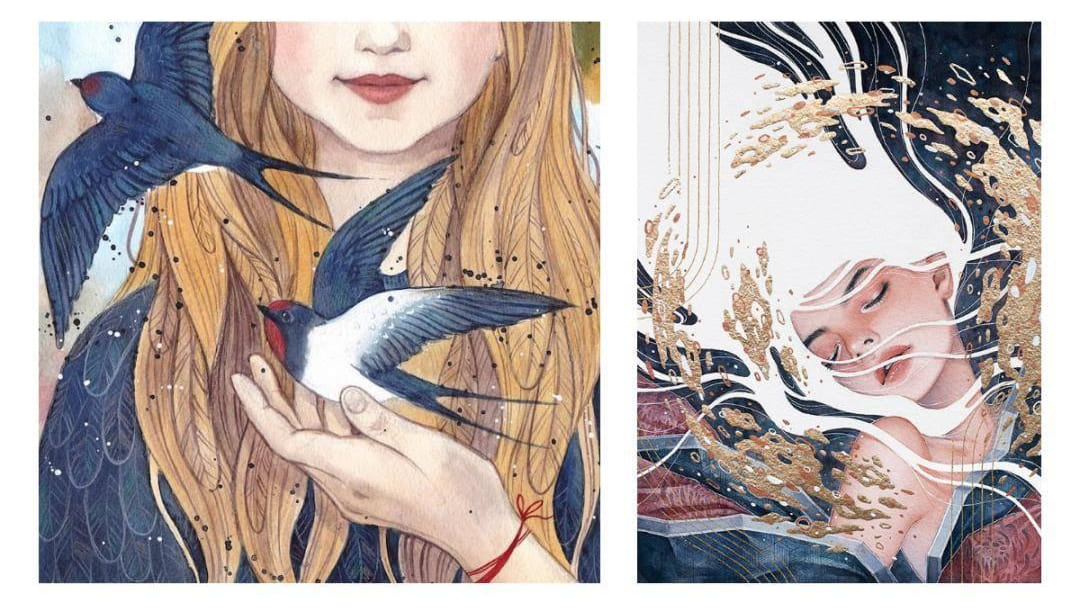
2. Gouache
Gouache paints, compared to watercolors, are relatively opaque.
When artists use gouache, adding more water to the paint can create effects similar to watercolors. By employing blending techniques, they can still achieve gradient effects.
On the other hand, using less water or even painting without water results in a strong coverage with gouache, resembling the feeling of oil-based paints.
The artworks below are by Rocio Montoya (left) and Eva Vilhelmiina (right).
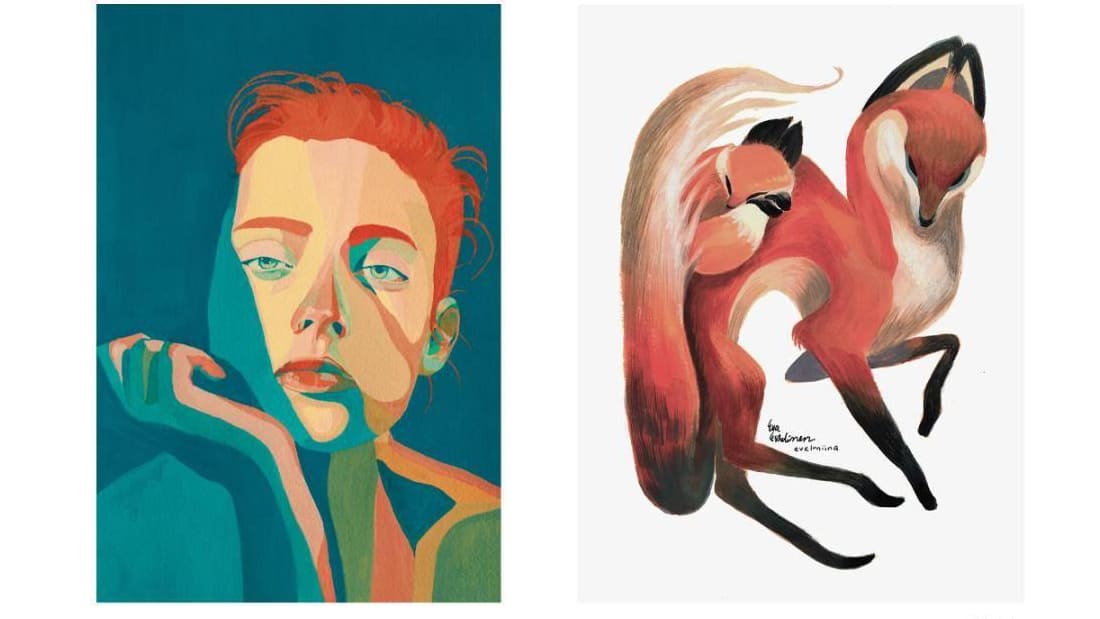
By playing with the amount of water when working with gouache, artists can create a wide variety of visual effects. Some creators also combine gouache with watercolors, complementing each other beautifully.
3. Acrylics
Acrylic painting gives a feel closer to oil paints. It has strong coverage, vibrant colors, and can be applied thinly or thickly by adjusting the amount of water, similar to gouache.
Most artists tend to prefer the thicker application (yes, the thick stuff). When it comes to thick application, your initial impression might stem from learning illustration in Photoshop.
The two acrylic painting style illustrations below are from the website [http://www.sari.studio/#/town-lake-magnolias/]. If you're interested, check it out for a plethora of beautifully colorful acrylic artworks.

4. Woodcut
Woodcut illustration is a type of artwork that combines manual labor (woodcutting) and exudes a strong vintage feel. However, one downside of this vintage style is its relatively low efficiency and time-consuming nature.
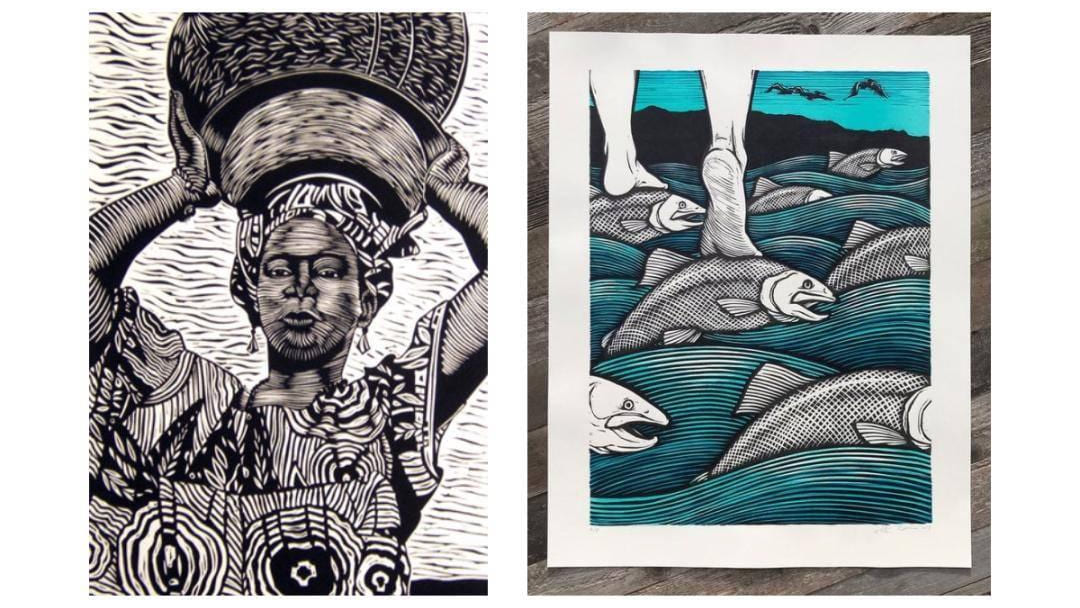
The rough texture and rhythmic lines of woodcut illustrations, along with their stark black-and-white contrasts, are truly unique. This style of illustration conveys a different feeling compared to quick creations finished in one or two hours.
Due to its time-consuming nature, woodcut illustrations are not widely used in commercial applications. However, many contemporary line illustrations draw inspiration from the expressive characteristics of woodcutting.
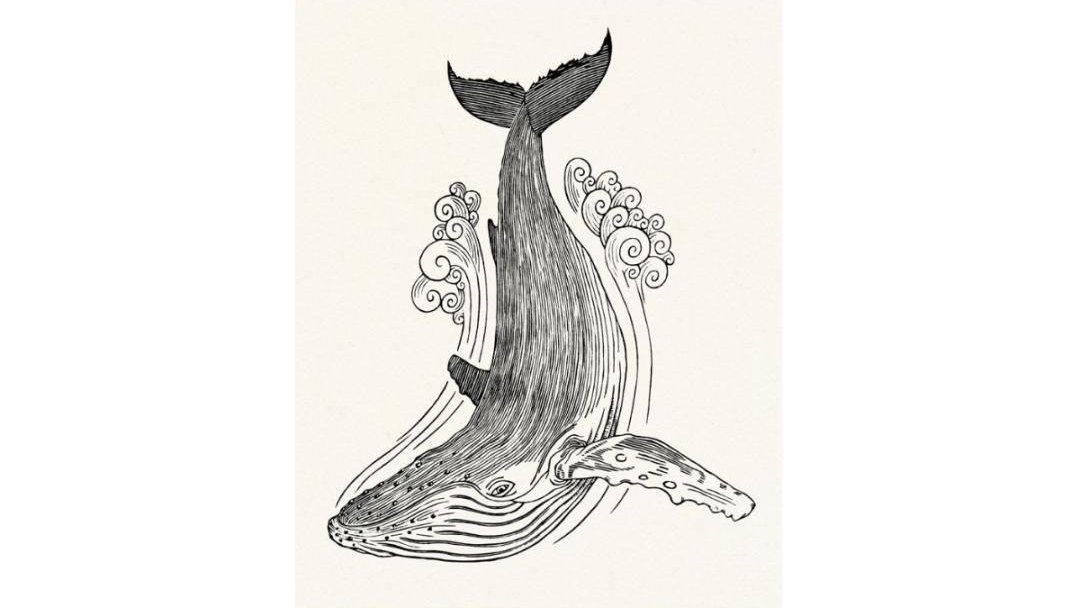
5. Pencil
Pencils can be categorized into colored pencils and regular graphite pencils.
Colored pencils are further divided into oil-based and water-soluble types. Oil-based colored pencils can create blended gradients and layered colors, while water-soluble colored pencils resemble watercolors and can be used with water to mimic watercolor effects.
Both types of colored pencils offer good expressive capabilities, making them suitable for illustrating people, food, and still life scenes.
Compared to paints, colored pencils tend to have softer and more subtle hues. If you require bold color expressions in your artwork, you might consider using a different tool.
Many artists enjoy combining colored pencils with watercolors or other mediums, using colored pencils for intricate detailing to enhance the overall delicacy of the artwork.

Regular graphite pencils are essential for sketching practice and can be used to create simple black-and-white illustrations.
While some may find black-and-white illustrations less exciting compared to color, it often boils down to a lack of creative ideas. With strong concepts, both black and white and color illustrations can be equally captivating.
The artworks below are all from the illustrator Anja Sušanj, whose creativity is truly exceptional.
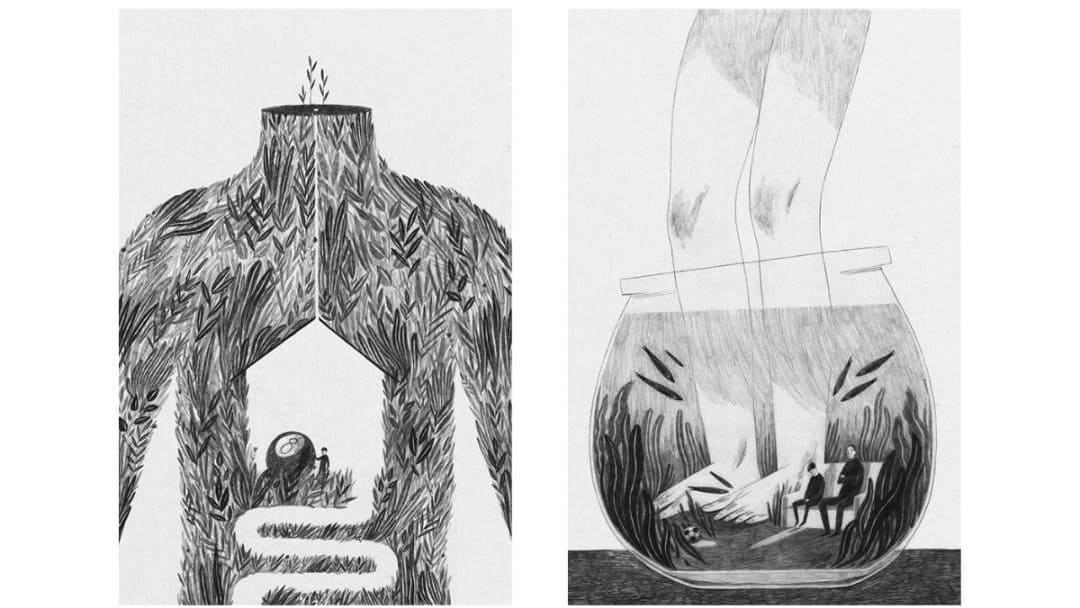
6. Pen-and-Ink
Black and white pen-and-ink drawings are particularly well-suited for artworks that rely on strong tonal contrasts. Many artists who work with pen and ink opt for a clear and concise range of shades, using lines to create various textures.
Pen and ink drawings are less prone to fading compared to pencil sketches, making them easier to preserve. Unlike paintings that require a wide range of colors, pen and ink drawings are a great medium for quickly expressing concepts.
Creating gradients with pen and ink can be challenging. If you wish to add gradients, you can combine pen and ink with pencil work or manipulate the density of the ink to create different textures.
If you find black and white too monotonous, you can also incorporate watercolors to add some color to your pen-and-ink drawings.

7. Marker Pen
Marker pens are commonly used colored drawing tools known for their quick-drying ink, which evaporates easily. They are ideal for swiftly capturing an illustrative style.
Many fashion designers, landscape architects, urban planners, product designers, and more prefer using marker pens to express their design concepts.
Marker pen drawings primarily involve flat coloring, and gradients are achieved through gradual color transitions. Unlike paint, marker pen ink cannot be blended with water.
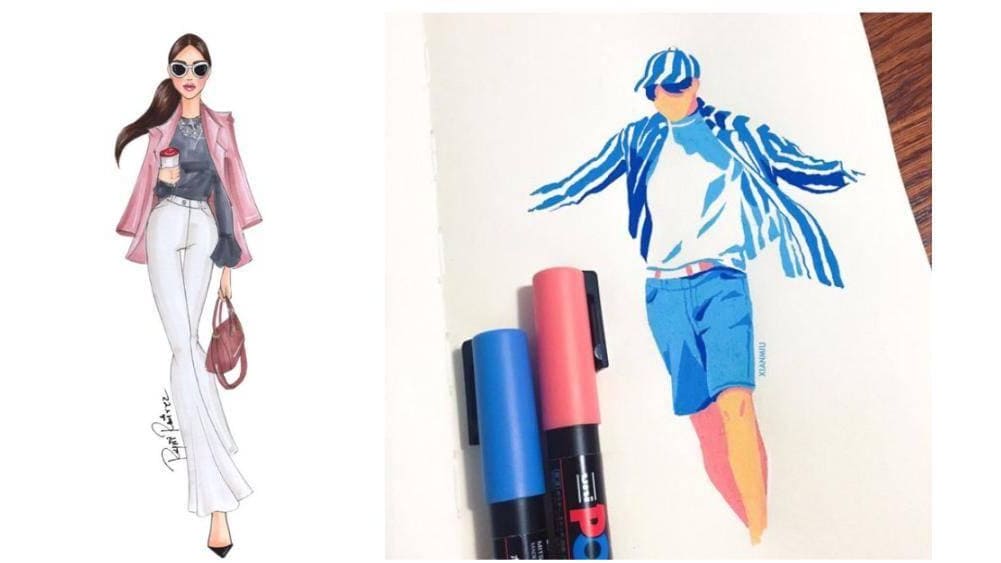
8. Collage
A collage is a form of illustration art created by gluing together different materials.
The materials used in collages are typically various colored papers of different textures and hues, but they can also include items like newspaper clippings, receipts, fabric scraps, beads, and even photographs.
A well-executed collage can be a stunning piece of craftsmanship.
The image below is a collage artwork by the artist Morgana Wallace, where she incorporates paper-cutting techniques to enhance the intricacy of the collage details.

While collages are less common in contemporary art, this artistic form has endured in many illustration styles.
For instance, designer Ricky Linn uses collage techniques to create portraits, as shown in the image below. While these illustrations may not be actual paper collages, they effectively convey the collage style and produce equally stunning results.
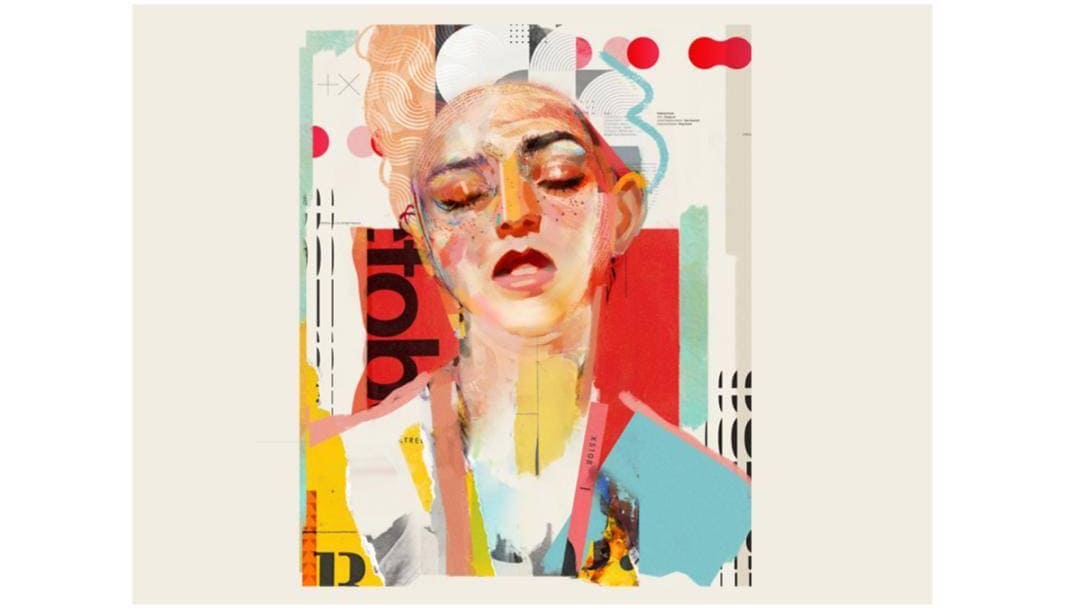
9. Gongbi Painting
Gongbi painting is a traditional Chinese painting technique that primarily uses a fine brush to outline and create different forms with varying types of lines.
Gongbi paintings exude elegance, with precise detailing that embodies a solemn classical beauty.
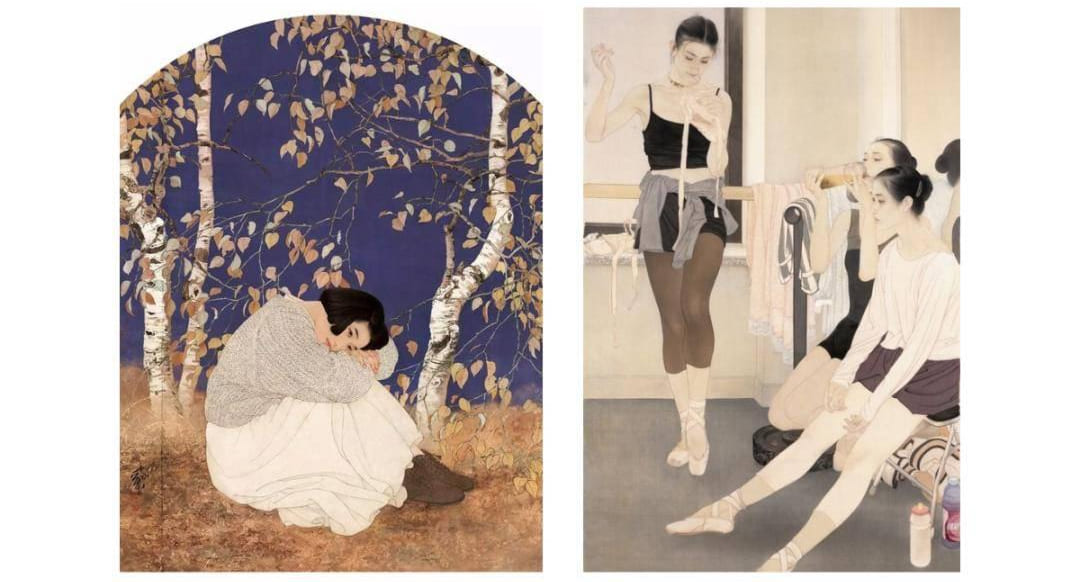
While the use of Gongbi in modern illustration is not as common, similar to collage, this technique has been preserved and utilized by many digital illustrators today.
For example, the artwork below by Zipcy utilizes outlined lines to delineate the characters. This style of outlined illustration is currently quite popular, with most outlines being flat and without variation.
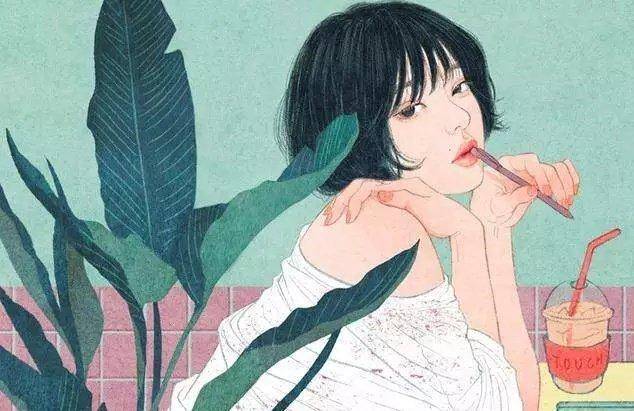
In Gongbi painting, the lines exhibit variations in thickness and intensity. By employing outlined strokes similar to Gongbi painting, illustrators can create artworks with a distinct Eastern classical charm.
It's worth mentioning that ink wash painting, also originating from China, is another traditional painting technique. However, the relationship between ink wash painting and illustration is distant, and few modern works have explored new pathways with ink-wash painting.
Due to the diminishing understanding of ink-wash painting, it seems that fewer people appreciate this art form. Yet, even if you can glean a hint of technique or creativity from ink wash painting, it is still worth exploring.

10. Ukiyo-e
Ukiyo-e is a traditional Japanese woodblock print that primarily depicts daily life, landscapes, and theatrical performances of that time.
The colors used in Ukiyo-e prints are vivid, often featuring bright reds, golds, purples, and other bold hues, with flat colors dominating the artworks.
The strong and distinct style of Ukiyo-e has had a profound influence on many visual artists in later generations. The image below is a typical example of a Ukiyo-e print.

Many artists draw inspiration from Ukiyo-e, such as contemporary illustrator Victo Ngai, whose works exhibit a subtle hint of Ukiyo-e influence.
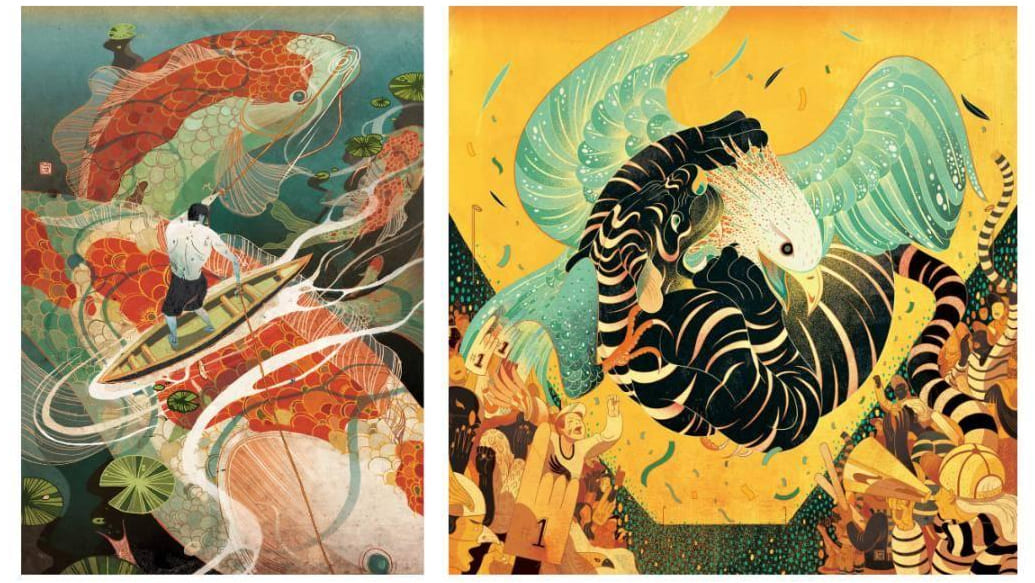
How to Develop Your Digital Illustration Style?
After seeing illustrations created using traditional mediums, you might notice that different materials produce varying styles of artwork.
For instance, watercolors give a transparent and delicate look with lots of gradients, while markers often result in flat colors.
Digital illustration, on the other hand, is like having all these different brush styles from various mediums stored in your computer.
In a digital illustration, you can see both flat colors and gradients. But with all these diverse brush strokes mixed together in one piece, could it turn into a messy mishmash?
So, you need to develop your own digital illustration style. Simply put, you can adapt traditional illustration techniques and apply them to your digital art creation.
If you feel a hard edge style looks too harsh and lacks softness, what can you do? When painting with traditional watercolors, sometimes the edges can be too sharp. In this case, you can use a brush to blend the color of the shape naturally and soften the edge.
Therefore, the hard-edged appearance created in Illustrator can be imported into Photoshop, where you can use a suitable brush to soften the edges with a stroke.
In traditional watercolor painting, there's a technique where you dip a toothbrush in paint and flick it onto a finished piece to create splatters of different sizes. This adds more dynamism and interest to the artwork.
Many spray brushes in digital art software are inspired by this watercolor technique.
So, it's okay if you haven't had formal art training. As long as you understand the basic principles of art, you can quickly pick up any digital art software and utilize its features for your creative endeavors.
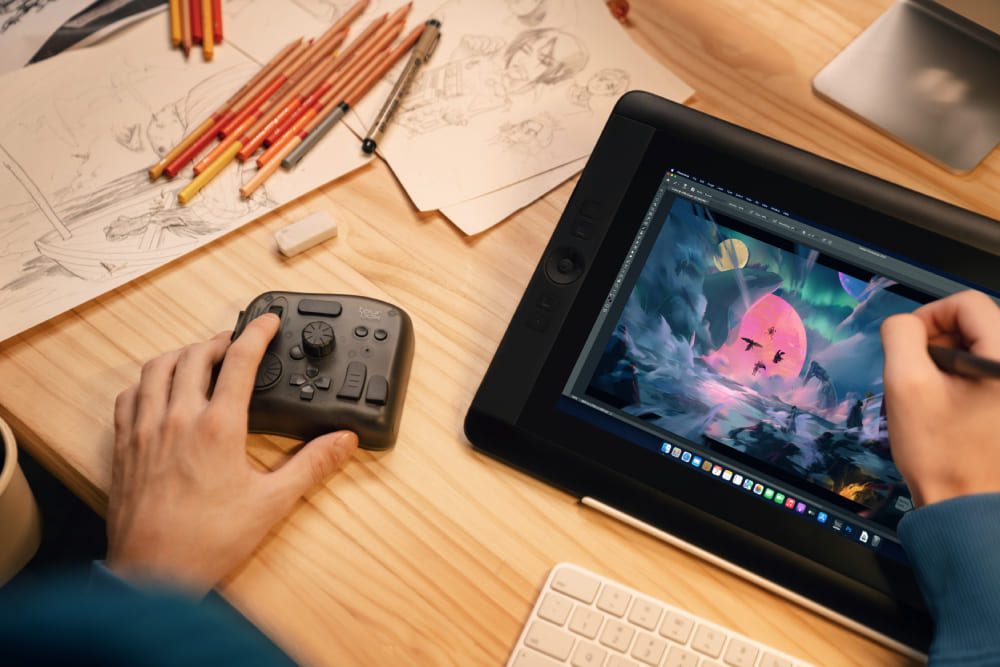
Final Thoughts About Illustration Styles
In this article, we have shared 10 different styles of illustration art and discussed our perspectives on digital illustration styles.
Beyond that, there are various other illustration styles involving different art materials such as pastels, oil painting, ballpoint pens, crayons, and more. Due to space constraints, we won't delve into each one individually.
The styles not covered here are primarily those that might be less commonly used in commercial illustration, but that doesn't mean they are any less important.
In digital illustration creation, besides the essential digital pen, you might also fancy the TourBox creative controller.

TourBox is highly favored by many digital artists and illustrators. Using TourBox allows you to set aside the cumbersome keyboard and perform various intricate operations with fewer actions.
Controlling TourBox with one hand and the digital pen with the other hand can provide you with a painting experience in digital art software that feels like working in the real world.
Its excellent tactile feel will help you seamlessly create, and extended use of TourBox won't tire you out.

Based on our tests, using TourBox can boost your productivity by 270%. Check out our digital painting page to learn more about how TourBox can enhance your creative efficiency.
Although this article covers various illustration-related insights, it doesn't delve deeply into many topics.
You can explore more details on specific areas of interest by researching further or by staying tuned to our updates. We hope this information aids you on your creative journey.